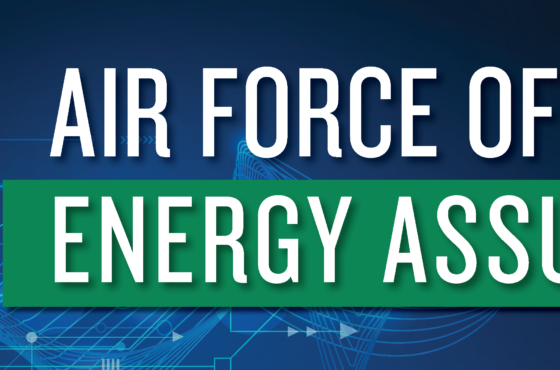FINDING THE RIGHT PATH FORWARD FOR ENERGY TRANSITION
The ongoing global energy transition is, in its simplest form, a fundamental evolution in the way we produce, transport, store, and consume energy across the entire energy value chain. This transition is focused on the reduction of greenhouse gas (GHG) emissions to reduce climate change and is being driven by an evolving mix of institutional investors, activist investors, shareholder and customer sentiments, and through governmental, judicial, and regulatory requirements.
Key catalysts for enabling the energy transition include the increasing penetration of renewable energy into the energy supply mix, the increasing electrification of energy systems, the increasing availability of distributed energy technology, and drastic improvements in energy storage.
While the core focus of the energy transition is relatively universal, the path forward is anything but unified. We lack standardization in regulation, governance, models, methods, prioritization, and even nomenclature around how we categorize, measure, track, and report GHG emissions, reductions, and related goals.
Furthermore, there is a vast, diverse mix of competing ideas on the right fuel sources, asset mixes, market constructs, and technologies needed to solve the problem. Pragmatically, the “right” approach will almost certainly have a strong semblance of an “all of the above” solution strategy, but there will certainly be winners and losers along the way.
While there are a host of ideas, solutions, and perspectives on what the best path forward and end state should be, there are several underlying principles guiding the energy transition:
1. The electrification of energy systems will continue
2. Those systems will be powered by renewable, sustainable, as well as clean(er) nuclear and fossil fuel sources
3. Technology (physical and digital) will disrupt, drive, and optimize the energy value chain
4. Energy security, resiliency, and reliability will persist as fundamental requirements
5. Environmental Social Governance (ESG), Sustainable Finance and similar initiatives currently driving the transition will evolve into regulatory requirements at multiple levels
6. The transition will take enough time that many of the existing solutions will persist and will need continuing support and updates for the foreseeable future
7. Some organizations will adapt and prosper, others try and fail, and some will simply become obsolete
The energy transition will encompass a multitude of changes, some small and some hugely transformational. For companies that operate in the energy markets, the array of market drivers, regulations, commercial and operational constructs will vary. But all will experience some level of change along with the new challenges and new opportunities that the energy transition will create. Preparing for and managing the multiple disparate aspects of the energy transition and evaluating companies’ preparedness for this shift requires strong energy expertise, transformation know-how, and ESG related tools. We can assist companies with better understanding the opportunities and risks related to the energy transition.
It’s important to work with a consultant firm that is committed to helping customers transform their organizations, business processes, and critical systems as they adapt, evolve, disrupt, and flourish during this energy transition. The right team of highly experienced resources will have deep energy, technology, and transformation expertise and be committed to helping create a sustainable future by helping customers navigate and capitalize on this transition. The energy transition and related ESG transformation that is occurring will be a catalyst toward achieving a more carbon-neutral world.
By: Chris McNeely, Partner, CAPCO




